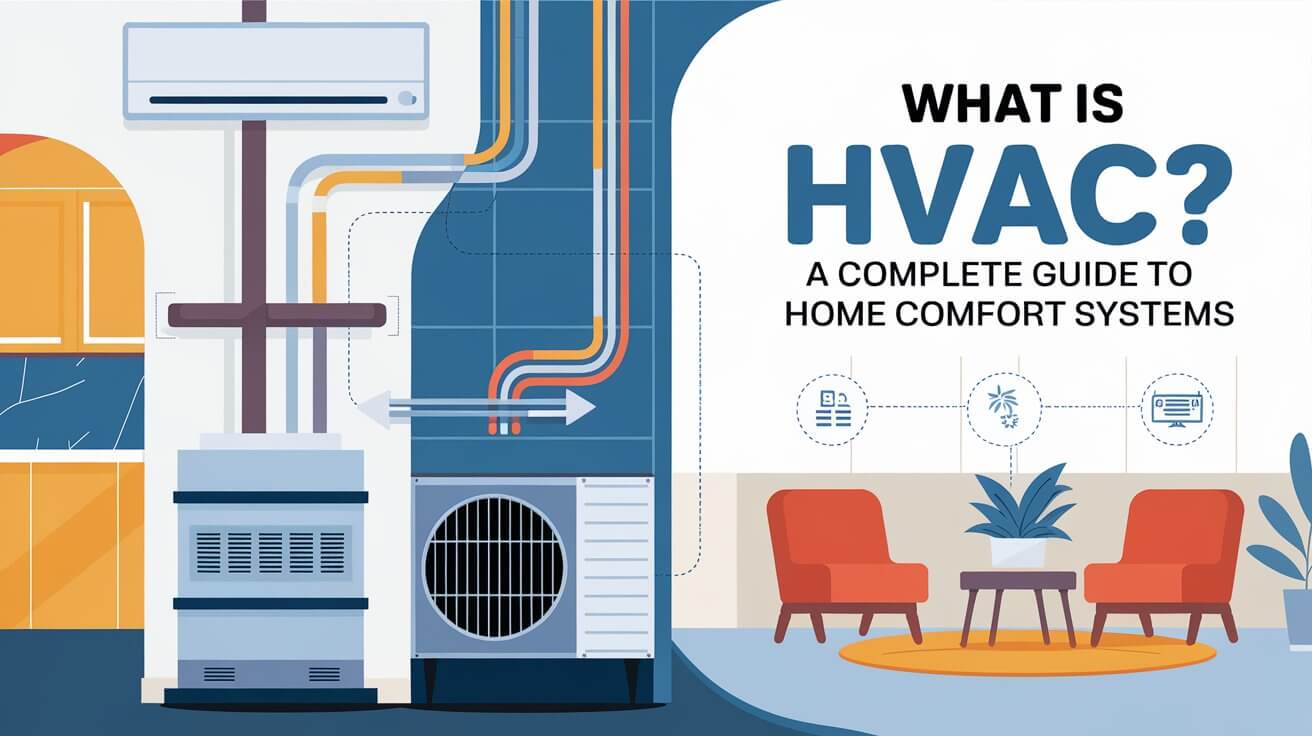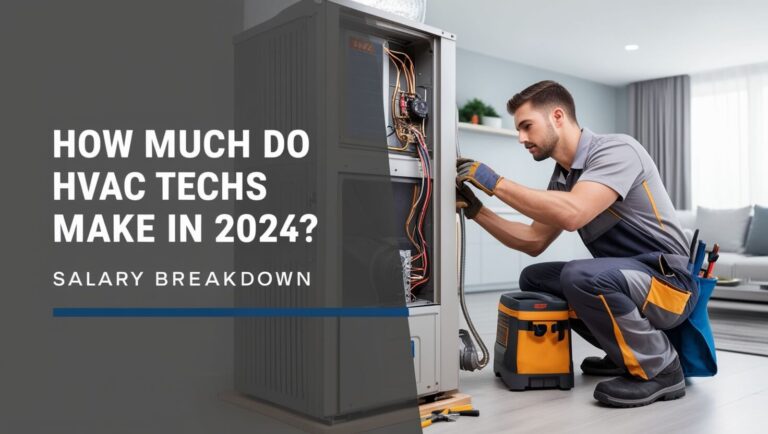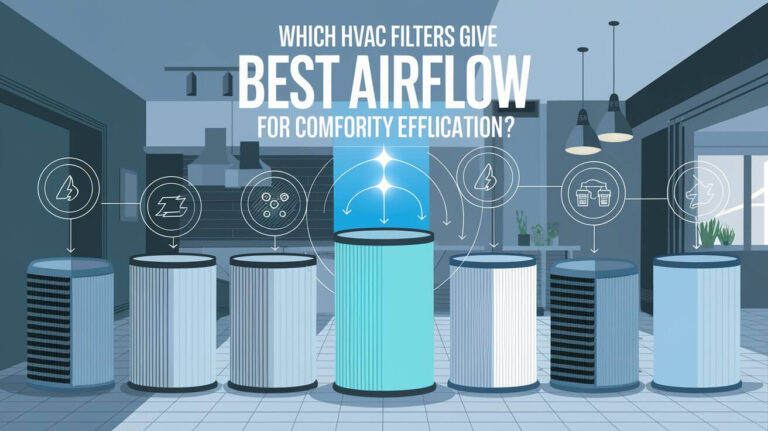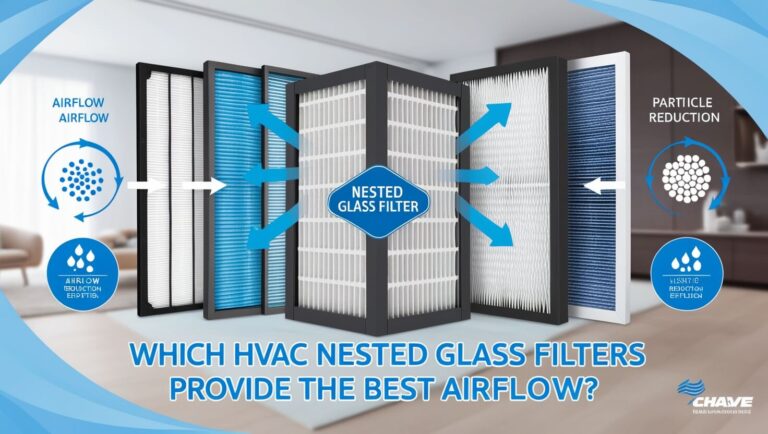What is HVAC? A Complete Guide to Home Comfort Systems

HVAC, which stands for Heating, Ventilation, and Air Conditioning, plays a crucial role in maintaining a comfortable and healthy indoor environment. These systems regulate temperature, humidity, and air quality, ensuring that homes and buildings remain comfortable throughout the year. Understanding HVAC systems is essential for homeowners, builders, and anyone interested in indoor climate control. This article will explore the key components, workings, types, and maintenance of HVAC systems, providing you with a thorough understanding of this essential technology.
Understanding HVAC Systems
What Does HVAC Stand For?
The acronym HVAC encompasses three core functions:
- Heating: This aspect refers to systems that warm indoor spaces, especially during cold weather.
- Ventilation: This process involves the exchange of indoor air with fresh outdoor air, which is vital for maintaining air quality.
- Air Conditioning: This function cools and dehumidifies the air, creating a comfortable living environment during hot weather.
Together, these components create a complete home comfort system that can adapt to different climate conditions and enhance indoor air quality.
Key Components of HVAC Systems
A typical HVAC system comprises several interconnected components that work together to provide heating, cooling, and ventilation. Understanding these parts can help you appreciate how HVAC systems function effectively.
Air Conditioner
The air conditioner is a critical component that cools your home by removing heat and humidity from the indoor air and transferring it outside. Most modern air conditioning systems utilize refrigerants, which absorb heat from the indoor air, cool it, and then circulate the chilled air back into the home.
Heat Pump
A heat pump is a versatile unit that can both heat and cool your home. It works by transferring heat rather than generating it. In the winter, it extracts heat from the outdoor air (even in cold temperatures) and brings it inside. Conversely, in the summer, it removes heat from your home and releases it outdoors.
Furnace
Furnaces are traditional heating units that produce heat through the combustion of fuels such as natural gas, propane, or oil. The generated heat is distributed through ductwork to warm the various rooms in your home.
Air Handler
The air handler circulates conditioned air throughout your home. It works in conjunction with the air conditioning system or furnace to distribute warm or cool air via ducts. An air handler typically includes a blower, which pushes the air through the duct system.
Ductwork
Ductwork comprises a network of pipes that distribute conditioned air from the HVAC system to different areas of your home. Properly designed and maintained ductwork ensures efficient airflow, contributing to the overall effectiveness of the HVAC system.
Thermostat
The thermostat is the control center of your HVAC system. It allows you to set your desired temperature, and when the indoor temperature deviates from that setting, the thermostat signals the HVAC system to either heat or cool the air as needed.
How HVAC Systems Work
The Basic Operation of HVAC Systems
At its core, an HVAC system’s goal is to maintain a comfortable indoor environment. Here’s how it generally operates:
- Thermostat Setting: You set your desired indoor temperature on the thermostat.
- Temperature Adjustment: When the indoor temperature strays from your set point, the thermostat activates the HVAC system.
- Air Circulation: The air handler circulates air through the ductwork, drawing it in from various rooms.
- Conditioning: The air passes through the furnace (for heating) or the air conditioner (for cooling), where it is heated or cooled.
- Distribution: The conditioned air is then blown back into the rooms, helping to achieve the desired temperature.
Understanding Thermodynamics in HVAC
The principles of thermodynamics govern how HVAC systems operate. Specifically, they rely on the laws of heat transfer, which state that heat naturally flows from warmer areas to cooler areas. HVAC systems exploit this principle by transferring heat away from your home in the summer and bringing heat inside during the winter.
For air conditioning, the refrigeration cycle is crucial. Here’s a simplified breakdown of how it works:
- Evaporation: Inside the evaporator coil, the refrigerant absorbs heat from indoor air, causing it to evaporate into gas.
- Compression: The compressor pumps this gas, increasing its temperature and pressure.
- Condensation: The hot gas moves to the condenser coil outside, where it releases heat and turns back into a liquid.
- Expansion: The refrigerant then passes through an expansion valve, reducing its pressure and temperature before returning to the evaporator coil to repeat the cycle.
Types of HVAC Systems
HVAC systems come in various configurations to suit different needs and building types. Here are the primary types:
Central HVAC Systems
Central HVAC systems are designed to heat or cool an entire building from a single unit. These systems often utilize ductwork to distribute air and can be powered by gas, oil, or electricity. Central systems provide consistent temperature control and are common in residential and commercial buildings.
Ductless HVAC Systems
Ductless systems, also known as mini-split systems, offer heating and cooling without the need for ductwork. They consist of an indoor unit and an outdoor compressor. Ductless systems are ideal for homes without existing ductwork, providing flexibility and energy efficiency.
Hybrid Systems
Hybrid HVAC systems combine traditional heating methods with more energy-efficient options. For instance, a hybrid system may use a furnace for cold winter months and switch to a heat pump during milder temperatures, optimizing energy consumption throughout the year.
Energy-Efficient HVAC Solutions
Energy efficiency is a growing concern in HVAC design. Many systems now incorporate technologies that reduce energy consumption, such as:
- Geothermal Systems: These systems use the Earth’s stable underground temperature to heat and cool buildings.
- Solar-Powered HVAC: Integrating solar panels can significantly reduce electricity costs associated with HVAC operations.
Maintenance and Troubleshooting
Routine Maintenance for HVAC Systems
Regular maintenance is crucial for keeping your HVAC system running efficiently. Here are some key tasks you should perform:
- Change Filters: Dirty filters can restrict airflow, causing the system to work harder. Change or clean filters every 1-3 months.
- Inspect Ductwork: Check for leaks or blockages in ductwork to ensure efficient air distribution.
- Schedule Professional Inspections: Annual professional maintenance checks can identify potential issues before they become costly repairs.
Common HVAC Problems and Solutions
Homeowners often encounter HVAC issues. Here are some common problems and how to address them:
- Inconsistent Temperatures: If certain rooms are hotter or cooler than others, check for duct leaks or blocked vents.
- Strange Noises: Unusual sounds can indicate mechanical problems. Contact a professional if you hear banging, rattling, or grinding noises.
- Increased Energy Bills: A sudden spike in energy costs may suggest your system is working inefficiently. Consider a professional assessment to identify the issue.
The Importance of Indoor Air Quality
How HVAC Affects Indoor Air Quality
Indoor air quality is critical for health and comfort. HVAC systems play a significant role in maintaining this quality by filtering out pollutants, allergens, and humidity. Regular maintenance and filter changes are essential to ensure the air circulating in your home is clean.
Additional Air Quality Solutions
To enhance indoor air quality, consider adding:
- Humidifiers: These devices add moisture to the air, which can be beneficial in dry climates.
- Dehumidifiers: Useful in humid conditions, these units help reduce moisture levels, preventing mold and mildew growth.
- Air Purifiers: These devices can remove airborne contaminants, improving overall air quality.
Innovations in HVAC Technology
Smart HVAC Systems
The rise of smart home technology has transformed HVAC systems. Smart thermostats allow homeowners to control their HVAC systems remotely and optimize energy usage. Features such as scheduling, geofencing, and learning capabilities help ensure maximum comfort with minimal energy expenditure.
Future Trends in HVAC
The HVAC industry is evolving rapidly. Future trends include:
- Internet of Things (IoT): Connected devices will enable more efficient and intelligent HVAC management, providing real-time data and remote control capabilities.
- Sustainable Practices: As energy efficiency becomes more critical, HVAC systems will increasingly incorporate eco-friendly technologies.
Choosing the Right HVAC System
Factors to Consider
Selecting the right HVAC system involves several considerations:
- Home Size and Layout: The size of your home and its layout will influence the type and capacity of the HVAC system required.
- Climate: Your local climate will determine whether you need a heating, cooling, or dual system.
- Budget: Consider both initial installation costs and long-term operating expenses when choosing a system.
Hiring an HVAC Professional
Working with a qualified HVAC technician is crucial for proper installation and maintenance. Look for professionals with good reviews and certifications. A knowledgeable technician can help you design a system tailored to your specific needs, ensuring optimal performance and energy efficiency.
Conclusion
Understanding HVAC systems is essential for maintaining a comfortable living environment. These systems play a crucial role in heating, cooling, and improving indoor air quality. By learning about the components, operations, types, and maintenance of HVAC systems, homeowners can make informed decisions to ensure their comfort and energy efficiency year-round. Whether you are installing a new system or maintaining an existing one, staying informed about HVAC technology and practices will contribute to a healthier and more comfortable home.




